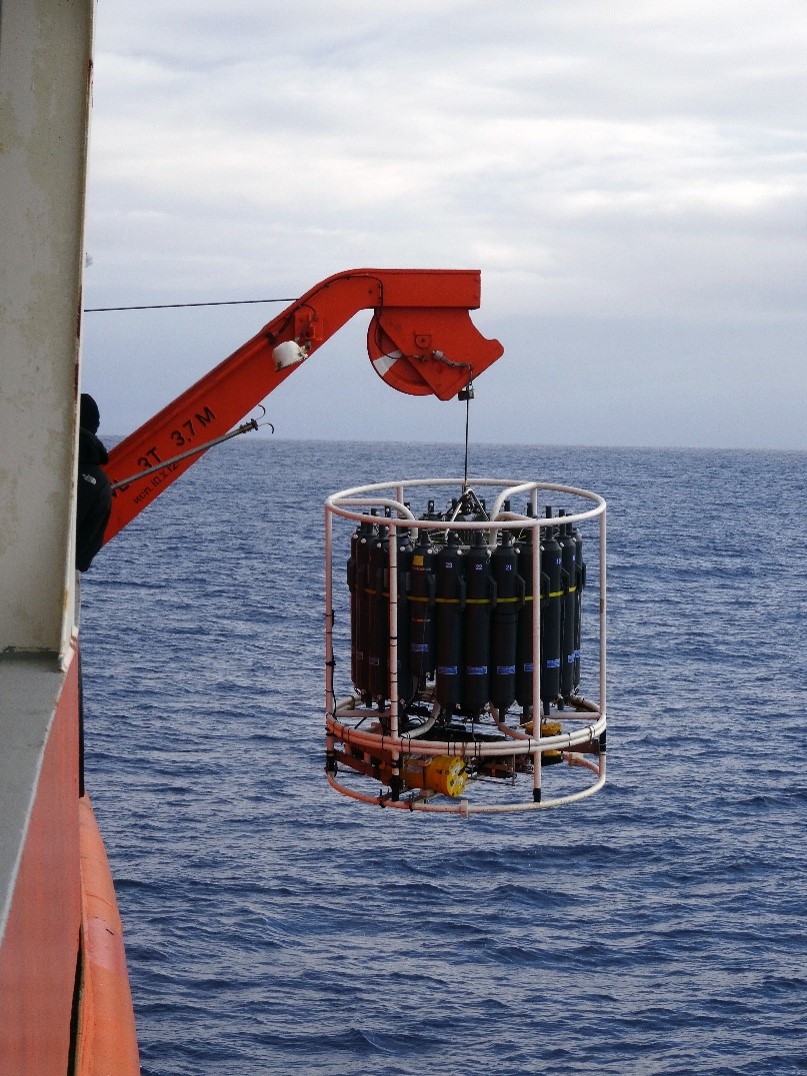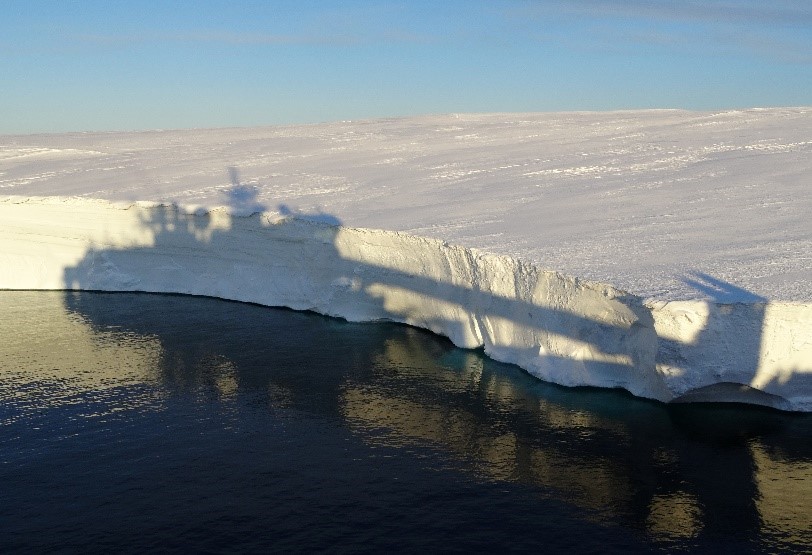Modern marine (isotope) biogeochemistry: observations and modelling
Marine photosynthesis is fundamental to the geochemistry of the surface Earth system. Phytoplankton, the microscopic organisms that carry out this photosynthesis, require a variety of macro- and micronutrient elements to do so. The marine cycling of nutrients, and thus the supply of these elements to surface ecosystems, is governed by a complex interplay between biological, physical and chemical processes.
Our research into marine nutrient cycles takes advantage of two complementary sets of tools that help to tease apart these processes: analytically, we apply exacting trace-metal clean techniques to extract the information borne by the stable isotope compositions of dissolved nutrient metals such as zinc, nickel, or cadmium. Computationally, we aim to extract process information from observational fields by using them to constrain three-dimensional physical-biogeochemical models of the ocean.
Our work here is closely tied to the international external pageGEOTRACES programmecall_made to sample trace metals and their isotopes in the global ocean, although we have also participated in external pageSwiss Polar Institutecall_made expeditions.

Student projects
- Born, T. (2019). Studying ocean ventilation using the Transport Matrix Method. Bachelor's project.
Selected publications
- Eisenring, C., et al. (2022) external pageBiogeosciencescall_made 19, 5079-5106.
- Lemaitre, N. et al. (2022) external pageEarth and Planetary Science Letterscall_made 584, Article 117513.
- Sieber, M. et al. (2020) external pageGeochimica et Cosmochimica Actacall_made 268, 310-324.


